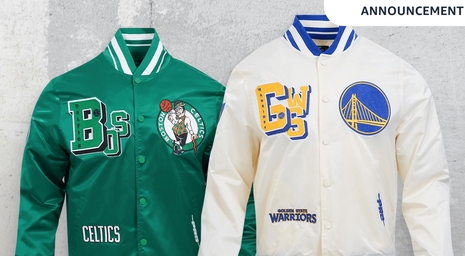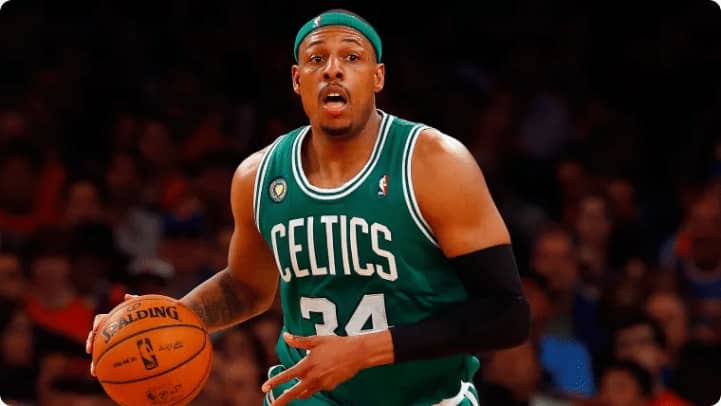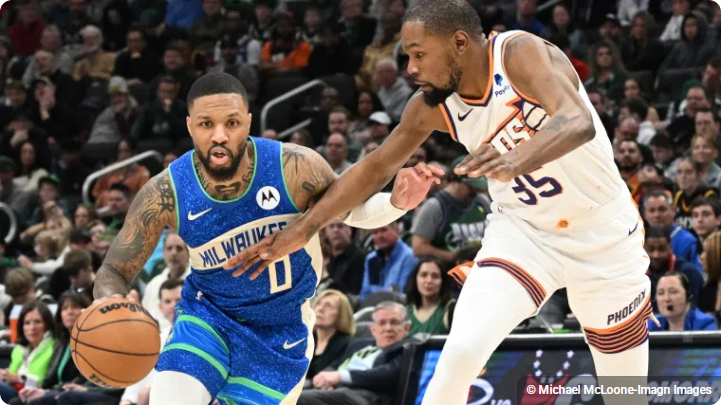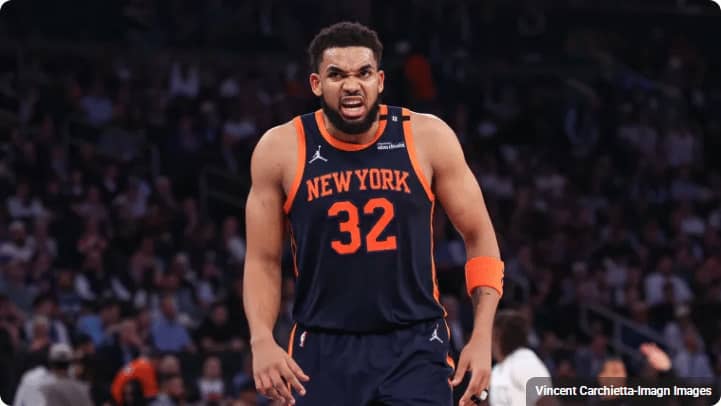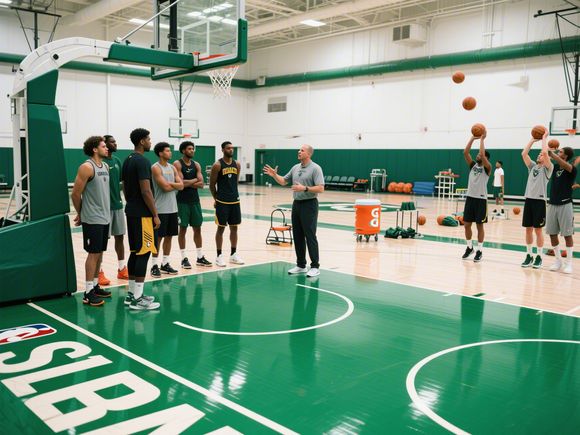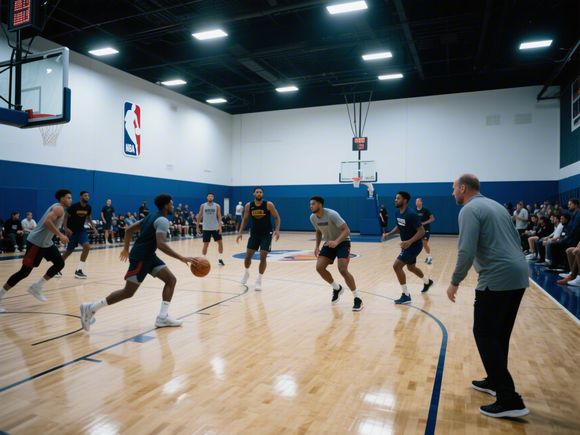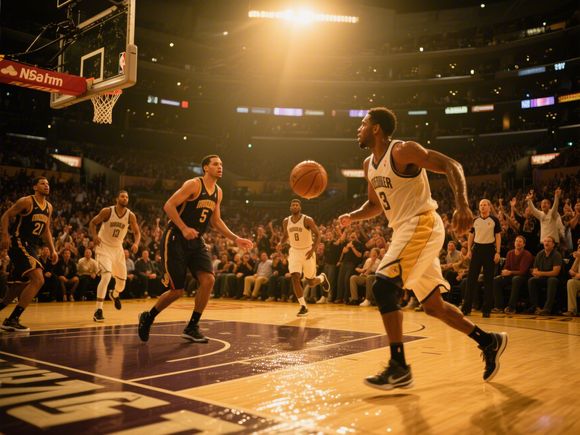The Pelicans’ Cursed Legacy: Why New Orleans Declared No Player Is Safe From Trade Talks
FEEL UNSTOPPABLE IN GEAR THAT MOVES WITH YOU.
From lightweight running shorts to moisture-repellent jackets – every piece is crafted for peak performance and head-turning style.
Need sports gear? Get it on sale now – discounts you can’t resist! <--ClickA Season of Struggle
The 2024–25 season for the New Orleans Pelicans stands as one of the franchise’s darkest chapters, marked by a 21–61 record—the worst since their 2004–05 campaign. Compounded by a roster ravaged by injuries and inconsistent performances, the team’s struggles have reignited debates about whether a "curse" truly haunts the organization. From Anthony Davis’ contentious exit in 2019 to Zion Williamson’s recurring injury setbacks, the Pelicans have struggled to sustain success, leaving fans and analysts questioning their trajectory.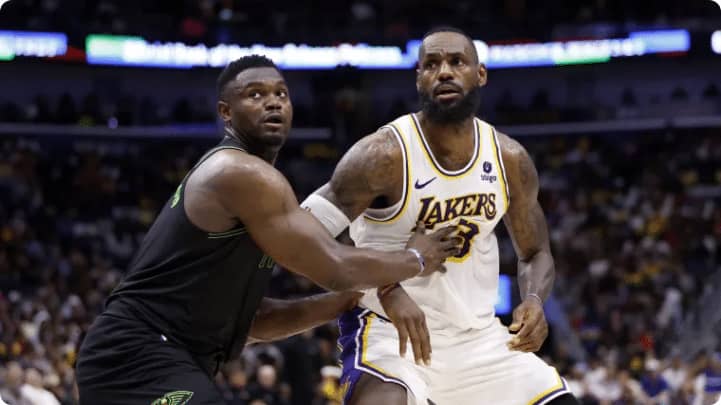
The Curse of Unfulfilled Potential
From Davis to Williamson
The franchise’s misfortunes trace back to its reliance on generational talents. Anthony Davis, drafted first overall in 2012, evolved into a superstar but grew disillusioned with the team’s direction, leading to his trade to the Lakers in 2019. This marked the beginning of a cycle of inStability.
Fast-forward to 2019, when the Pelicans selected Zion Williamson as the No. 1 pick. Despite his explosive early career, Williamson has missed 258 games over six seasons—52 of them in 2024–25 alone—due to injuries. His prolonged absences, alongside those of key players like Brandon Ingram (traded to Toronto in 2025) and Herbert Jones, crippled the team’s playoff aspirations.
Injuries and Incoherence
In 2024–25, eight of the team’s top 10 players missed at least 13 games, a statistical anomaly defying simple explanations. Even when healthy, the roster lacked cohesion. Williamson’s defensive shortcomings and lack of playoff experience (zero minutes in seven nba seasons) deepened doubts about his leadership potential.
Trade Deadline Reckoning
Faced with mounting pressure, Pelicans management declared “no untouchables” ahead of the 2025 trade deadline, signaling a full-scale rebuild. Trading Ingram—a once-critical franchise cornerstone—shocked fans but aligned with the team’s strategy to accumulate draft capital. In return, New Orleans acquired young assets like Bruce Brown and secured a 2026 first-round pick.
Zion’s Uncertain Future
The most contentious decision revolved around Williamson. Despite his injury history, Basketball Operations President Joe Dumars publicly committed to retaining him, emphasizing “trust but not blind faith.” Williamson’s $39.4 million salary for 2025–26 remains non-guaranteed, leaving room for a potential exit if he fails to stay healthy. This duality—holding onto a star while rebuilding—underscores the franchise’s precarious balancing act.
A New Dawn or More of the Same?
The 2025 NBA Draft offers cautious optimism. With the seventh overall pick, the Pelicans are eyeing Duke’s Cooper Flagg, a versatile forward whose defensive skills and playmaking could complement Williamson. Pairing Flagg with young talents like Trey Murphy III and Herb Jones could form a foundation for the future.
Overcoming the Past
Yet, systemic issues linger. Under David Griffin’s leadership (2017–2024), the franchise posted a 209–263 record with zero playoff series wins. To escape its “cursed” label, New Orleans must prioritize player health, foster accountability (as seen in Williamson’s 2025 flight disciplinary incident), and strategically leverage draft picks. While skepticism remains, the team’s willingness to trade fan favorites signals a pragmatic shift toward long-term stability.
Only time will tell if this rebuild can finally lift the dark cloud over the Pelicans—or if history will repeat itself.



